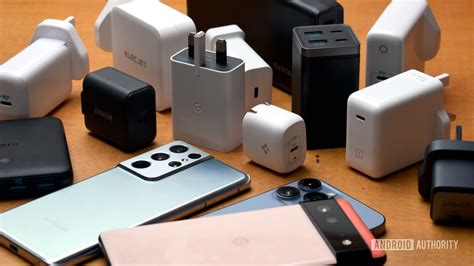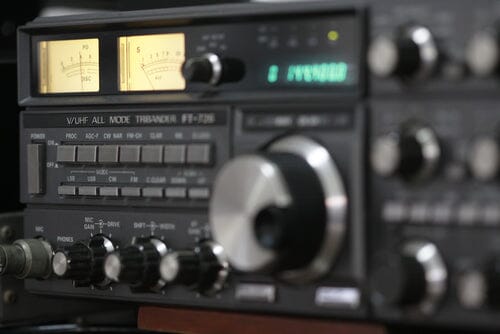Good SWR Targets and What They Mean
Whether you’re using a CB radio or a ham radio, understanding SWR readings is key to clear communication and safe operation. SWR stands for Standing Wave Ratio, and it tells you how well your antenna is matched to your transmitter. Using an SWR meter helps you measure this match and make adjustments to your setup.
What Is SWR and Why It Matters
An SWR reading shows how efficiently your radio signal travels through your antenna. When the antenna and radio are perfectly matched, nearly all your power is transmitted — this is ideal. But when there’s a mismatch, some power reflects back toward the radio, causing loss and potential damage. That’s why using a reliable CB SWR meter or cheap UHF VHF SWR meter is so important for tuning.
Good SWR Targets Explained
Here’s a simple breakdown of what SWR numbers mean and what’s considered “good” for most CB and VHF/UHF radios:
- 1.0:1 to 1.5:1 — Excellent: Your antenna is perfectly tuned. Almost no reflected power. Maximum signal strength.
- 1.5:1 to 2.0:1 — Acceptable: Very little loss. Your radio is operating safely with minimal signal reflection.
- 2.0:1 to 3.0:1 — Poor: Usable but not ideal. Some reflected power reduces signal range and may strain your radio.
- 3.0:1 or higher — Bad: Strong reflections. Risk of transmitter damage. Tune or check your antenna immediately.
Most CB users aim for 1.5:1 or better. For ham or VHF radios, 1.2:1 is often possible with precise tuning.
How to Measure SWR
Use an SWR meter or CB radio SWR meter between your radio and antenna. Set it to “FWD” (forward), key your mic, and calibrate. Then switch to “REF” (reflected) to see how much signal bounces back. The closer your reading is to 1:1, the better your antenna match.
How to Tune Without an SWR Meter
If you don’t have a meter, you can still tune your CB antenna without an SWR meter. Start with the manufacturer’s antenna length, then make small adjustments. Have someone nearby listen on a second radio and report which channel sounds clearest. When your signal is strongest across all channels, your antenna is near perfect tuning.
Can a Diode Be Used as an SWR Power Meter?
Yes. A diode can be used in a basic meter SWR circuit to detect RF voltage and display reflected power. However, homemade versions can be inaccurate if not properly calibrated. For consistent readings, it’s best to use a cheap UHF VHF SWR meter or a factory-tested CB SWR meter.
How to Improve a High SWR Reading
- Check all coax connections for corrosion or looseness.
- Ensure the antenna mount is grounded properly.
- Move away from large metal surfaces that reflect RF.
- Adjust antenna length in small increments, testing between changes.
Improving SWR not only boosts your signal but also extends the life of your radio.
Conclusion
Good SWR readings are the key to efficient communication. Aim for a 1.0:1 to 1.5:1 ratio whenever possible. Whether you’re using a CB SWR meter or a cheap UHF VHF SWR meter, understanding what these numbers mean helps you get the best performance out of your setup. Keep your gear tuned, and your signal will stay clear and strong.



